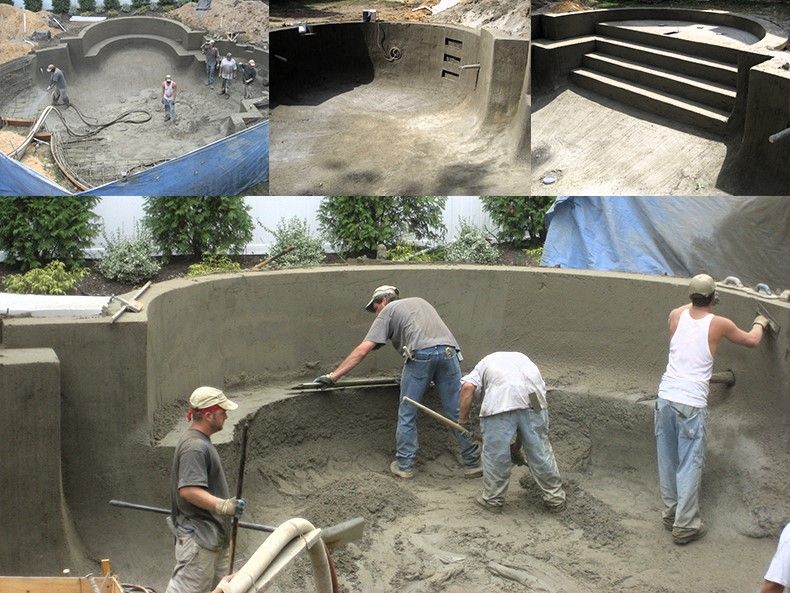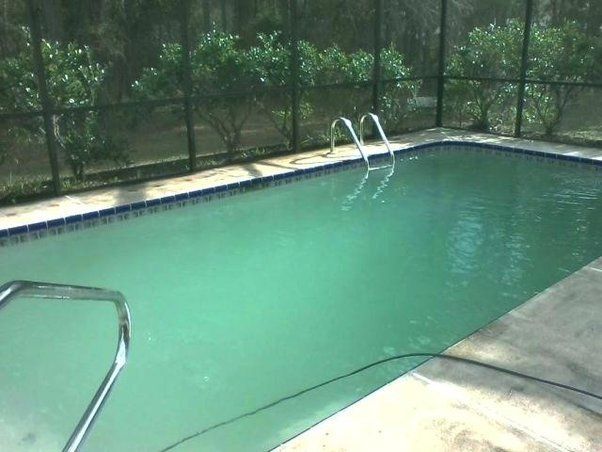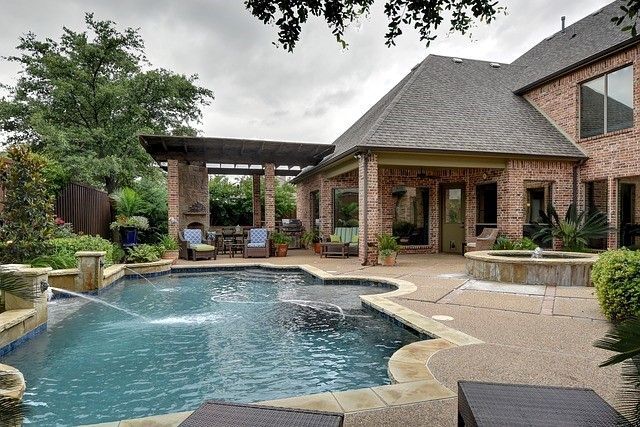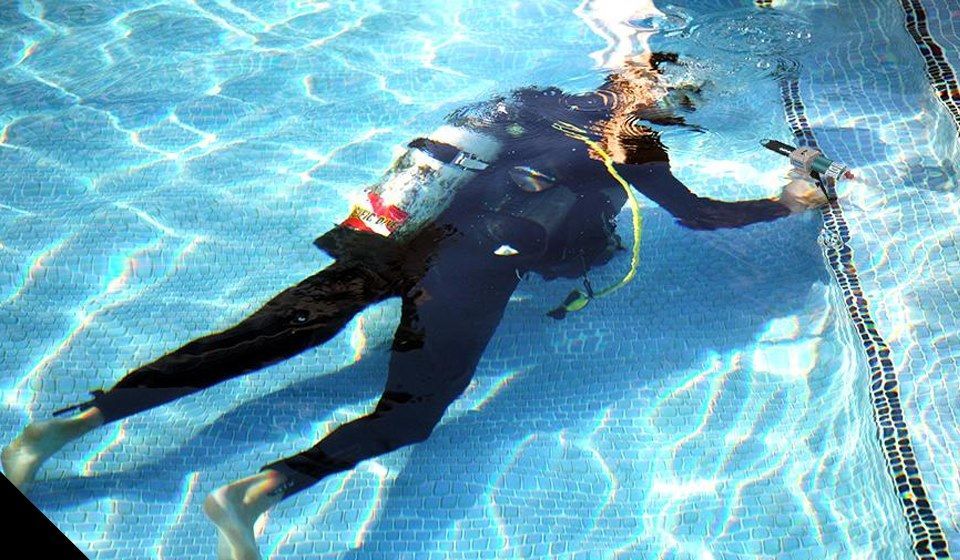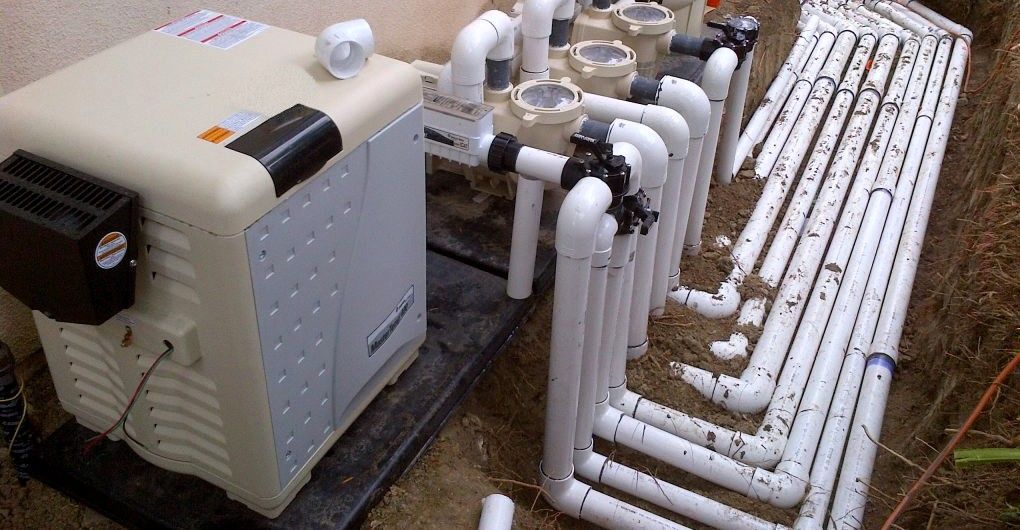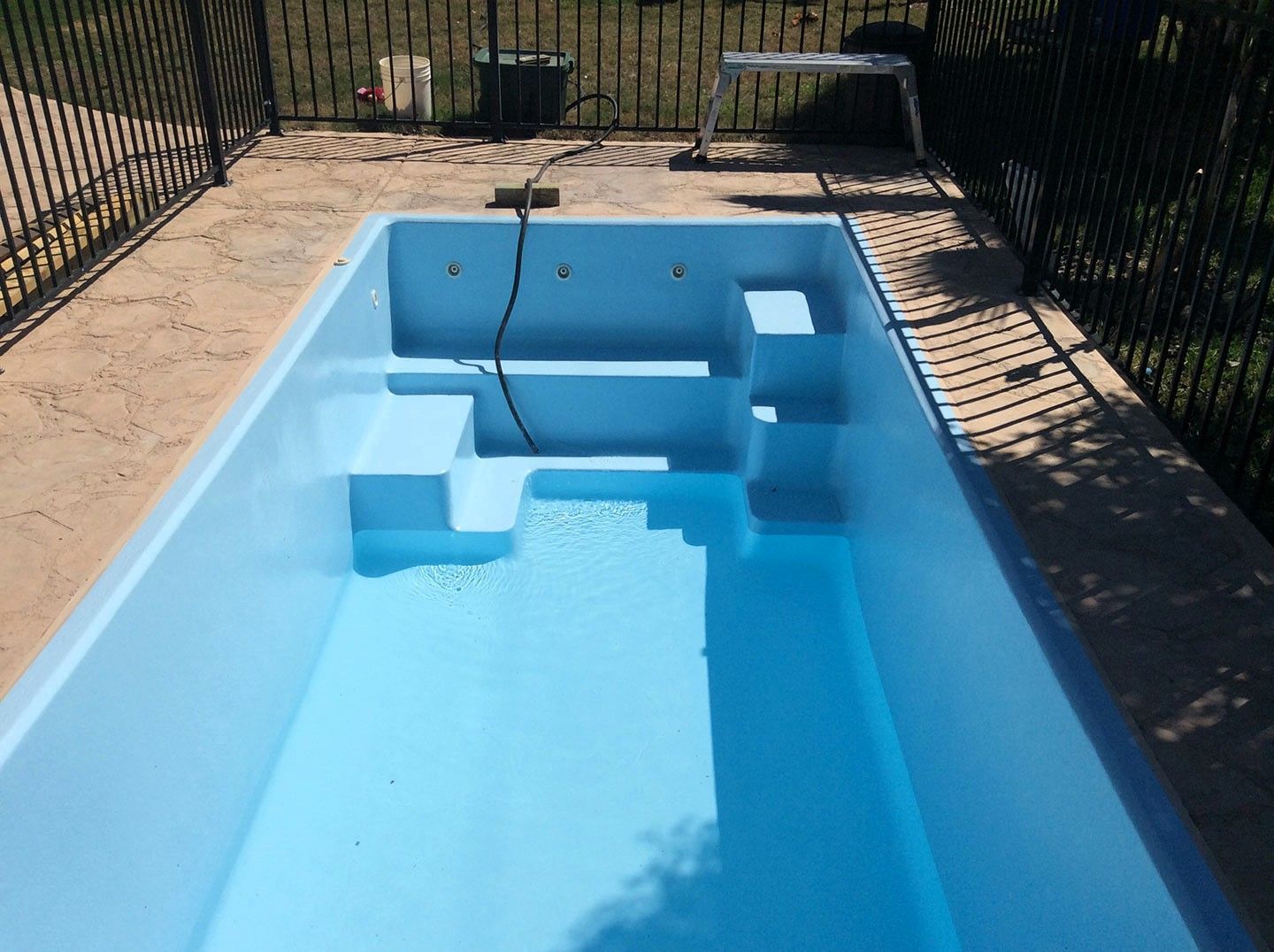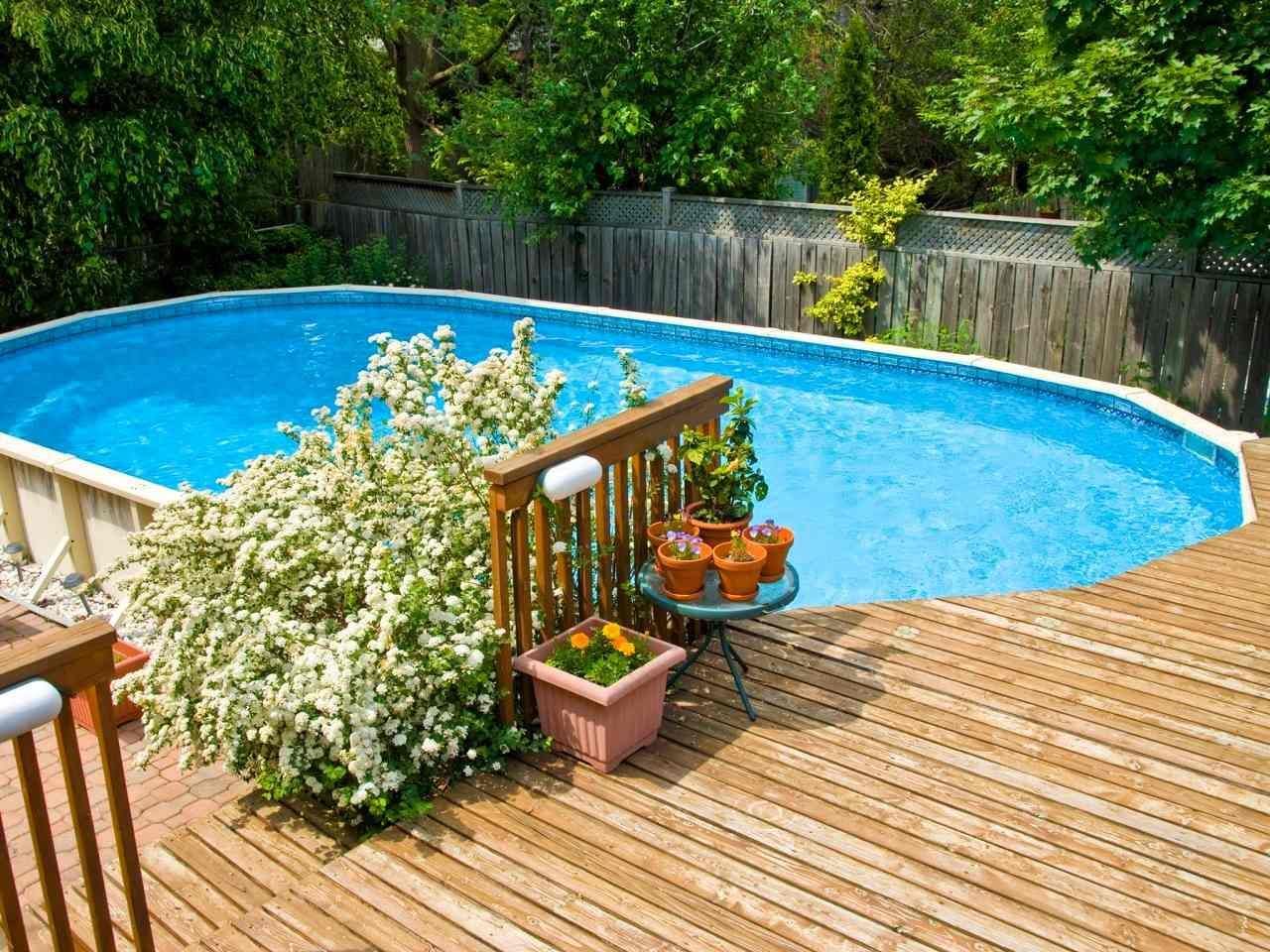Concrete Swimming Pool Construction Details
When it comes to creating the perfect oasis in your backyard, a concrete swimming pool can be a luxurious addition. Not only does it offer a refreshing escape on hot summer days, but it can also become the centerpiece of your outdoor living space. However, the key to a lasting and beautiful concrete pool lies in the details of its construction.
In this comprehensive guide, we will delve into the intricacies of
concrete swimming pool construction. From choosing the right location to pouring concrete and adding finishing touches, every step matters. Whether you're planning to hire professionals or embark on a DIY project, understanding these construction details is essential.
Discover the critical steps and considerations for building a durable and stunning concrete swimming pool, from selecting the perfect location to finishing with waterproofing and design choices.
The Blueprint for Building a Concrete Swimming Pool
Step 1: Choosing the Ideal Location
Selecting the right location for your concrete swimming pool is the foundational step. A spacious backyard area is often the best choice, but you must consider various factors. Take note of obstacles like trees, rocks, fences, and utility lines that may need removal. The pool's location should ensure ample sunlight and proper drainage.
Step 2: Designing Your Pool
With the location decided, it's time to sketch a basic design for your pool. Determine the shape, size, and features like steps and lighting. Every additional feature adds to the cost and construction time, so plan according to your preferences and available yard space.
Step 3: Professional Consultation
Seek advice from professional pool builders in your area. They can provide valuable insights into improving your design and ensure it meets local building regulations. Don't forget to verify their licenses, especially if you plan to hire contractors.
Step 4: Securing Building Permits
Before construction begins, obtain the necessary building permits from your local government. Compliance with regulations is crucial when building a pool. Consult your neighborhood's homeowners association guidebook if applicable.
Step 5: Excavating the Pool's Base
Once permits are in place, it's time to mark and excavate the pool's base. This involves measuring and marking the dimensions on the ground, followed by digging out the soil. Depending on your pool's depth, this may require heavy equipment or hand digging.
Step 6: Leveling and Framing
Leveling the pool's bottom and walls is essential for stability. Use a rake to even out the pool's base and tamper tools to flatten the walls. Frame the pool with steel rebar and plywood boards, forming a sturdy foundation.
Step 7: Plumbing and Electrical
Install plumbing lines beneath the rebar and plywood, guiding them from the pool to the pump and filtration system. Additionally, enlist an experienced electrician to wire the pool's accessories and connect them to the electrical grid.
Step 8: Pouring Concrete
Concrete is the heart of your pool's structure. Pour it into the pool to create the bottom slab and spray it onto the walls. Ensuring proper thickness and consistency is vital for durability.
Step 9: Coating and Waterproofing
Coat the pool basin with tiles to make it waterproof. Tiles, mortar, and grout choices matter here. Proper waterproofing ensures longevity and prevents leaks.
Step 10: Installing Coping
Coping is the final touch, providing a finished look and serving as a walking area around the pool's edge. Choose from options like tile, concrete, marble, or stone.
Step 11: Filling the Pool
Once all construction is complete and the pool passes inspections, it's time to fill it with water. This may take some time, so be patient, and ensure there are no leaks or issues.
With these steps, you'll have a concrete swimming pool that not only stands the test of time but also enhances the beauty of your outdoor space. The details matter, and your pool will reflect the precision and care put into its construction.
Conclusion
Congratulations! You've embarked on the journey of creating your very own concrete swimming pool. By following the detailed steps outlined in this guide, you're well on your way to enjoying years of relaxation and fun by the poolside.
Remember, a concrete pool, when built correctly, offers not only durability but also the flexibility to customize it to your preferences. From its shape and size to the choice of tiles and coping, every decision contributes to the unique character of your pool.
But before we wrap up, let's address some common questions that may arise during the construction process.
FAQs
Q1: How thick should the concrete slab be for a swimming pool?
The concrete slab for the pool's floor should be at least 6 inches thick, while the walls should be set at least 8 inches thick for stability and durability.
Q2: Do concrete pools require footings?
Yes, concrete pools often require footings to provide additional support and prevent settling or shifting over time.
Q3: What is the lifespan of a concrete pool?
When properly constructed and maintained, a concrete pool can last for decades, offering you long-term enjoyment.
Q4: Why are concrete pools more expensive?
Concrete pools are typically more expensive due to their customization options, durability, and long lifespan. The initial investment pays off in the form of a beautiful and long-lasting pool.
Q5: Can my concrete patio support a pool?
It depends on the patio's construction and weight-bearing capacity. Consulting with a structural engineer is advisable to ensure your patio can support the additional load of a pool.

